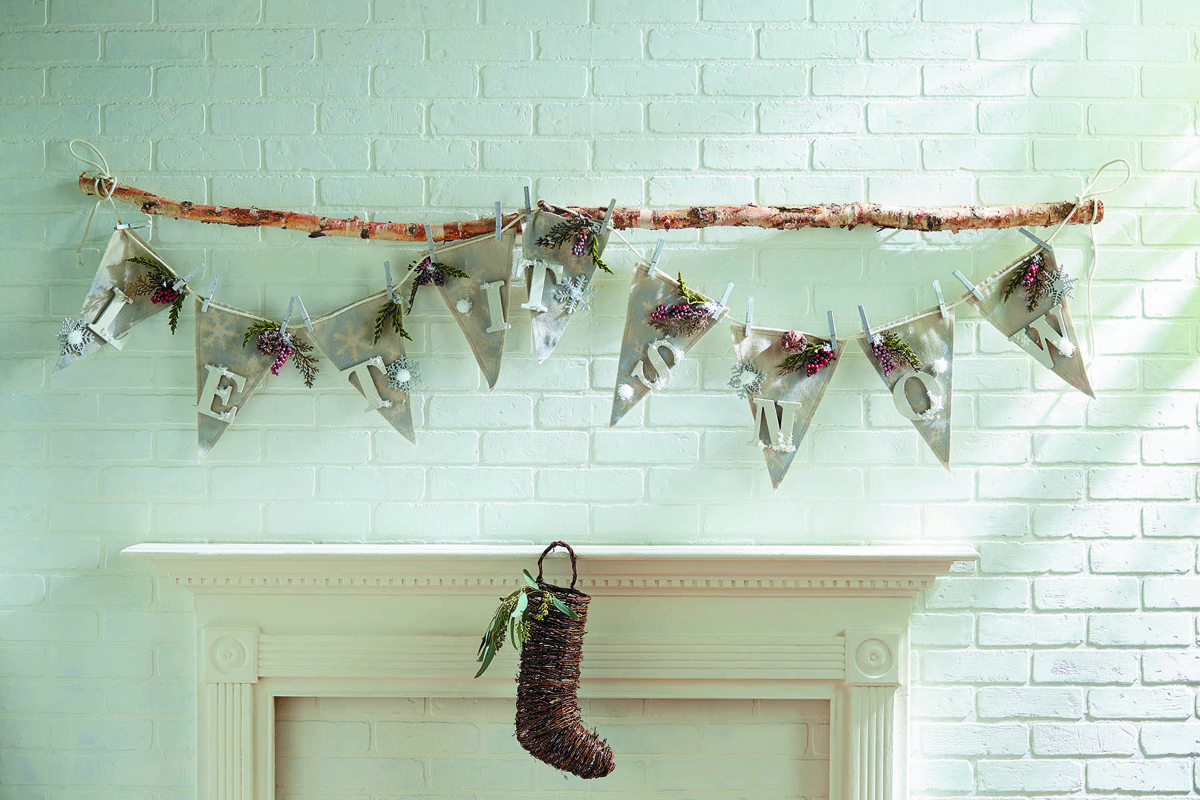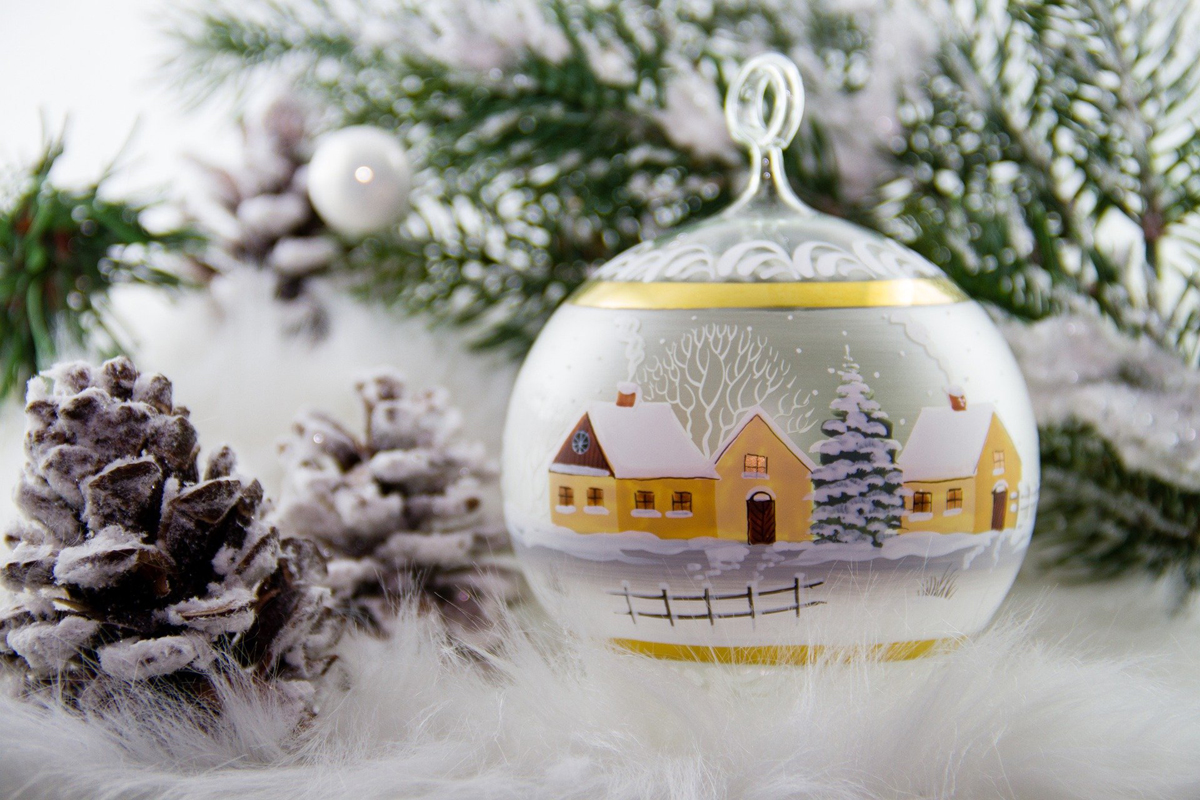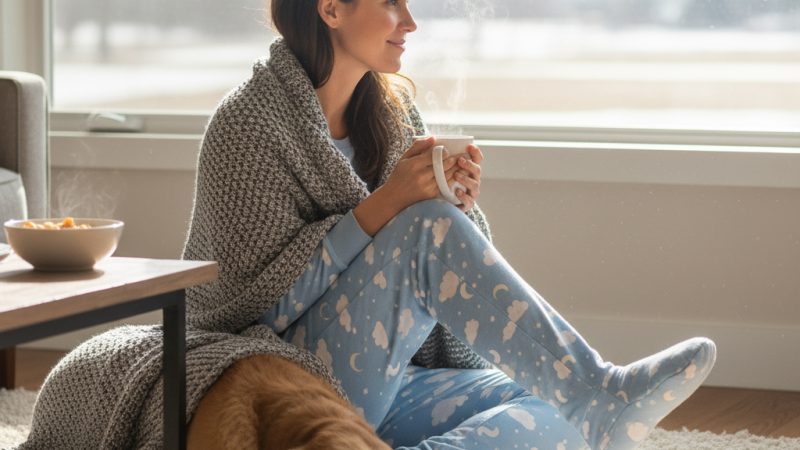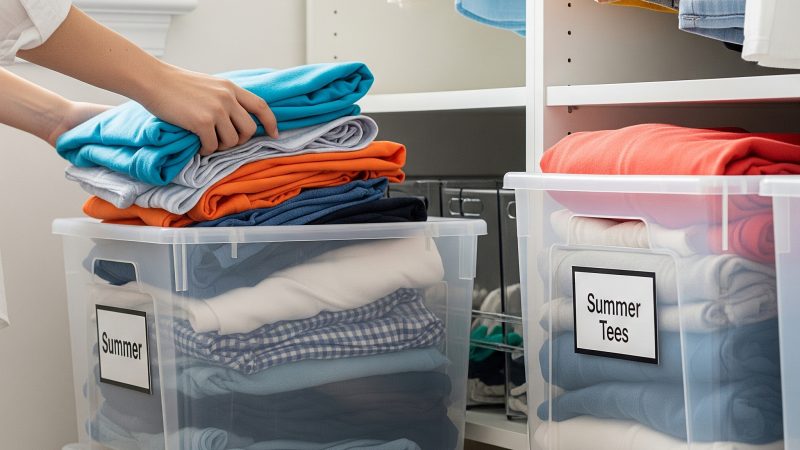Creating Safe Bathrooms for Children

In a perfect world, everything that works for adults would work just as well for children. But the reality is that traditional bathrooms are specifically designed to function for adults. Toddlers and small children face a host of possible safety issues every time they enter a bathroom. Thinking about potential pitfalls of the bathroom from a small child’s point of view helps to create a safe and enjoyable environment for the whole family.
Fixture Fixes
Children often have a hard time navigating sinks, toilets and tubs made for adults. Here are some easy fixes.
Hang it Low
Make it easy for the kids to use the sink by installing a wall-hung model several inches lower than you would for an adult. For added fun, choose a sink with a whimsical pattern.
Potty Training Made Easy
If you have a bathroom dedicated to the children in the house, install a toilet designed specifically for three-footers. American Standard’s Baby Devoro toilet has a rim height of 10 1/4 inches making it perfect for toddlers as well as grade-school aged children. And it is compatible with standard plumbing so it can be easily replaced with a full-sized toilet when the kids grow up.
Step it Up
Place a step stool near the bathtub so little ones can climb in and out easier. Make sure the tub is slip proof and never leave children unattended while bathing.
Just Add Water
Here are some quick and fun ideas to build safety into bath time for any age child.
Safe Space
Give children a lower drawer or cabinet for their storage. Kids’ towels and toys can be left unlocked for them to play with at bath time.
Smaller is Better
Refill small plastic bottles of shampoo so children can learn how to handle and pour their own shampoo with your supervision. Kids’ soaps and shampoos are less likely to sting eyes and come in fun shapes and scents.
Pocket Storage
Many of today’s colorful new shower curtains come with breathable pockets for wet toy storage. These mesh curtains are a great way to keep toys put away and mildew-free.
Safety Underfoot
Many popular bathroom flooring materials can become slippery when wet. Smooth tile or granite may look great and be easy to upkeep, but it can be dangerous under little feet. Choose a safer alternative like vinyl or textured tiles.
Don’t Get Burned
To avoid scalding, water heating systems should not exceed 120 degrees Fahrenheit. Check water heaters to retrofit an anti-scald device. Homes built after 1985 may have such a device already built in. For added safety, install a faucet with safety stops that offer adjustable settings and restrict how far the handle can be pushed toward hot.
The Great Lock Up
Some areas are just not safe for young children and should be locked when not in use. There are devices available that are inexpensive and easy to install for bathrooms, kitchens or just about anywhere in the home.
Toilet Seat Locks
Kids can drown in less than one inch of water and toilet seat lids can easily be locked with a plastic latch to keep this water inaccessible. Lids will lock automatically when shut and open with a swing lever.
Cabinet Latches
Locks for virtually every style of single and double door cabinet as well as drawer latches are available. Whether you have a knob or pull type of handle, these locks can secure any cabinetry.
Outlet Covers
There are several varieties of outlet covers these days, some that just insert into the outlet, some that cover the outlet while in use and some that swivel closed when the outlet is not in use. All of these covers keep children away from live outlets.
Doorknob Covers
These make round doorknobs hard to open for smaller hands. Adults have to squeeze grip buttons on either side to allow the doorknob to turn.
Cord Wind-ups
These devices keep dangling cords from hanging down to within a child’s reach. The excess cord is coiled inside the plastic sphere clipped high on the blind’s cord.








